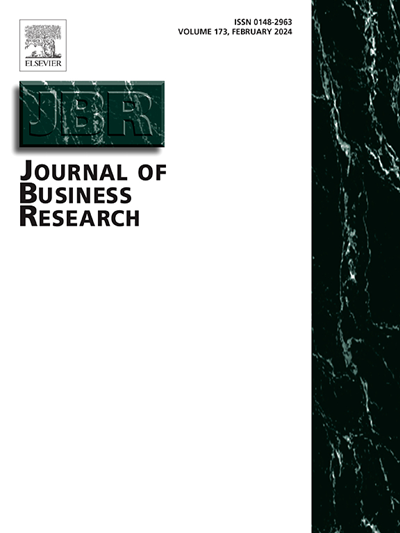Commercializing technology from university-industry collaborations: A configurational perspective on organizational factors
IF 9.8
1区 管理学
Q1 BUSINESS
引用次数: 0
Abstract
Organizational factors have always influenced how universities commercialize their technologies. This commercialization process, once viewed as a linear one, is now understood as being the result of more intricate university-industry collaborative activities. In addressing this issue, universities increasingly face new challenges at the organizational level, such as lack of funding and competencies to manage this process. Many have started to adopt instruments that bridge financial and managerial gaps to better interact with industry. In identifying organizational factors that recently have emerged (i.e., gap-bridging instruments), this study investigates how they relate with other organizational factors in facilitating technology commercialization from university-industry interactions. Through a fuzzy-set qualitative comparative analysis of 47 Italian universities, we specifically examine how relationships among organizational factors foster the emergence of licensing contracts from university-industry interactions. This study contributes to the technology transfer literature by unveiling the role of gap-bridging instruments when combined with other organizational factors, as well as how their effectiveness varies based on universities’ size and their technology transfer offices’ capacity.
从校企合作中实现技术商业化:组织因素的配置视角
组织因素一直影响着大学如何将其技术商业化。这种商业化过程曾经被视为线性过程,现在被理解为更复杂的大学-工业合作活动的结果。在解决这个问题的过程中,大学在组织层面上面临着越来越多的新挑战,比如缺乏资金和能力来管理这个过程。许多国家已开始采用工具,弥合财务和管理差距,以便更好地与工业界互动。在确定最近出现的组织因素(即弥合差距的工具)时,本研究调查了它们如何与其他组织因素相关联,以促进大学-产业互动中的技术商业化。通过对意大利47所大学的模糊集定性比较分析,我们具体考察了组织因素之间的关系如何促进大学-产业互动中许可合同的出现。本研究通过揭示差距弥合工具在与其他组织因素结合时的作用,以及它们的有效性如何根据大学规模和技术转移办公室的能力而变化,为技术转移文献做出了贡献。
本文章由计算机程序翻译,如有差异,请以英文原文为准。
求助全文
约1分钟内获得全文
求助全文
来源期刊

Journal of Business Research
BUSINESS-
CiteScore
20.30
自引率
10.60%
发文量
956
期刊介绍:
The Journal of Business Research aims to publish research that is rigorous, relevant, and potentially impactful. It examines a wide variety of business decision contexts, processes, and activities, developing insights that are meaningful for theory, practice, and/or society at large. The research is intended to generate meaningful debates in academia and practice, that are thought provoking and have the potential to make a difference to conceptual thinking and/or practice. The Journal is published for a broad range of stakeholders, including scholars, researchers, executives, and policy makers. It aids the application of its research to practical situations and theoretical findings to the reality of the business world as well as to society. The Journal is abstracted and indexed in several databases, including Social Sciences Citation Index, ANBAR, Current Contents, Management Contents, Management Literature in Brief, PsycINFO, Information Service, RePEc, Academic Journal Guide, ABI/Inform, INSPEC, etc.
 求助内容:
求助内容: 应助结果提醒方式:
应助结果提醒方式:


